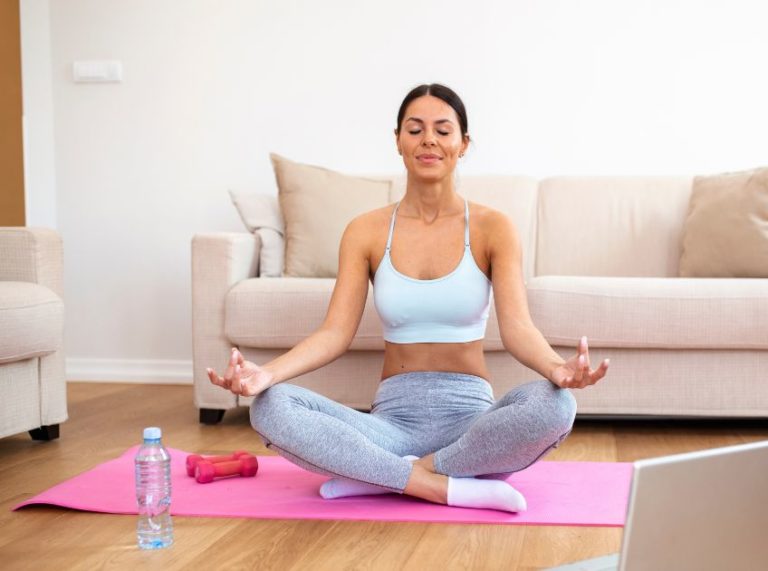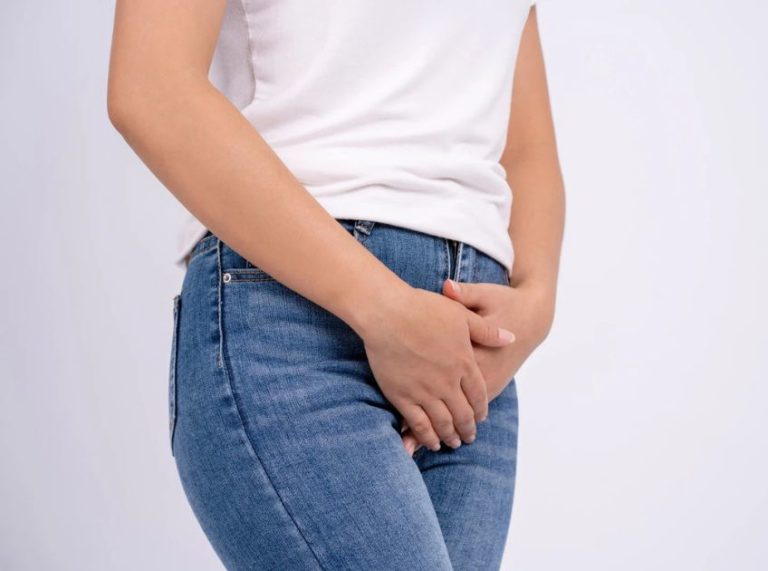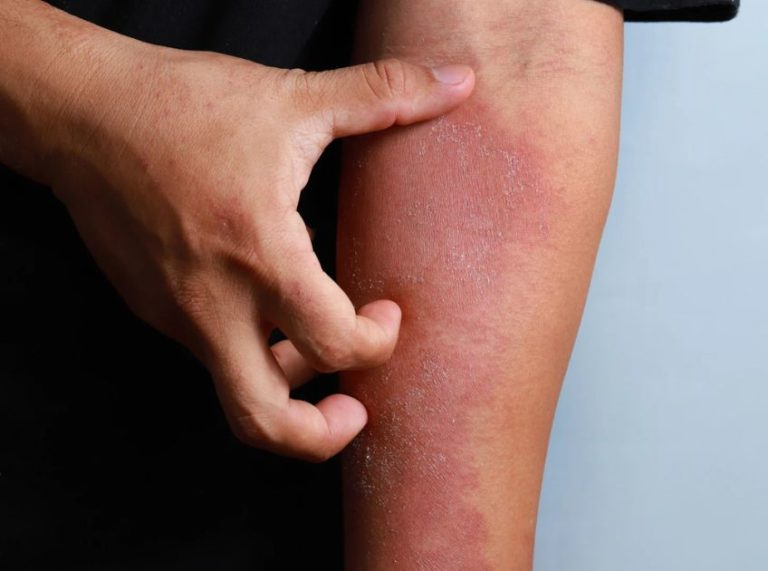
Important: This article is for informational purposes only. Please read our full disclaimer for more details.
Many women wonder if the way they sleep could help bring on their period a little earlier, especially when dealing with irregular cycles, pre-event planning, or period-related discomfort. While there’s no magic sleeping pose that guarantees an earlier period, certain positions may help your body relax, improve blood circulation, and support hormonal balance, all of which can influence your menstrual cycle indirectly.
Can Sleeping Positions Induce Periods Early?
Scientific evidence on sleeping positions directly triggering menstruation is limited (1). Menstrual onset is primarily controlled by hormones—especially estrogen and progesterone—regulated by the brain’s hypothalamus and pituitary gland (2).
However, sleep quality and posture can affect stress levels, pelvic blood flow, and relaxation of abdominal muscles, which may indirectly help the body prepare for menstruation.
Stress reduction is particularly important because elevated cortisol (the stress hormone) can delay ovulation and, therefore, your period (3).
Best Sleeping Positions to Encourage Menstrual Flow
1. The Fetal Position
Curling up on your side with your knees gently drawn towards your chest can help relax the abdominal muscles and ease tension in the lower back. This position may also mimic the natural posture the body adopts during cramps, which some women find soothing.
- Extra Tip: Place a small pillow between your thighs to keep your hips aligned and reduce pressure on the lower spine.
- Why It Helps: Relaxed abdominal muscles can improve comfort, and the tucked posture may reduce pressure on the pelvic region.
2. Reclined Supine Position (With Knee Support)
Lying on your back with a pillow placed under your knees helps maintain the natural curve of the spine and reduces tension in the lower back and pelvis.
- Extra Tip: Use a medium-firm pillow under your knees, not too high, to avoid hip strain.
- Why It Helps: Elevating the knees slightly can increase pelvic circulation and promote a sense of ease, which may help the body transition into menstruation more smoothly.
3. Side-Lying with a Pillow Between the Knees
Sleeping on your side with a supportive pillow between your knees helps align the hips, pelvis, and lower spine. This position also prevents twisting in the lower body, which can cause muscle tension.
- Extra Tip: Combine with a small pillow or rolled towel at your waist for extra lower-back support.
- Why It Helps: Proper alignment can relieve pressure on pelvic muscles and blood vessels, which may support better circulation to the reproductive organs.
4. Semi-Reclined Position (If Back Pain is Present)
Using an adjustable bed or a stack of firm pillows, you can sleep in a semi-reclined position, similar to a lounge chair. This is especially helpful if you have back discomfort or find lying flat uncomfortable.
- Extra Tip: Place a small cushion under your lower back for additional lumbar support.
- Why It Helps: This position reduces pressure on the lower spine and can help maintain blood flow without compressing the abdominal area.
5. Supported Butterfly Position for Restorative Rest
Lie on your back, bring the soles of your feet together, and let your knees fall gently to the sides (like in a yoga butterfly pose). Place pillows or bolsters under each knee for comfort.
- Extra Tip: Cover yourself with a light blanket to keep your body relaxed while your hips open.
- Why It Helps: Gentle hip opening can encourage circulation in the pelvic region and help release muscular tension.
Sleeping Positions to Avoid If You’re Trying to Start Your Period
Stomach Sleeping
Lying face down can put extra pressure on the lower abdomen and pelvic area, potentially making cramps worse and affecting comfort.
Flat Back with No Support
While lying on your back can be relaxing, doing so without knee support may strain the lower back and pelvic region, making it less ideal if you’re trying to stay relaxed and promote circulation.
The Science Behind Sleep and Menstrual Health
A study in Sleep Medicine Reviews (2018) found that poor sleep quality can contribute to menstrual irregularities by affecting the body’s hormonal rhythms (4). Another study in Chronobiology International (2015) highlighted that consistent sleep patterns and adequate rest help maintain normal reproductive hormone cycles (5).
While posture alone won’t “start” your period, combining proper sleeping positions with stress management, good nutrition, and hydration may support more predictable cycles over time.
Frequently Asked Questions (FAQ’S)
Q.Can sleeping positions make my period come faster?
A. Not directly, but positions that help you relax and improve pelvic circulation may support hormonal balance, which could help if stress or tension is delaying your cycle.
Q.What else can I do to encourage my period?
A. Manage stress, eat a balanced diet, stay hydrated, and engage in light exercise such as walking or yoga to support blood flow and hormonal health.
Q.Is it safe to try to induce my period early?
A. If you have regular cycles, it’s generally safe to support menstrual health naturally. However, if your period is frequently delayed or absent, consult a healthcare provider to rule out underlying conditions.
Final Thoughts
While no sleeping position can guarantee an earlier period, certain postures may help your body stay relaxed, improve circulation, and create a supportive environment for hormonal balance. Pairing these positions with healthy lifestyle habits can promote more regular and comfortable menstrual cycles.















